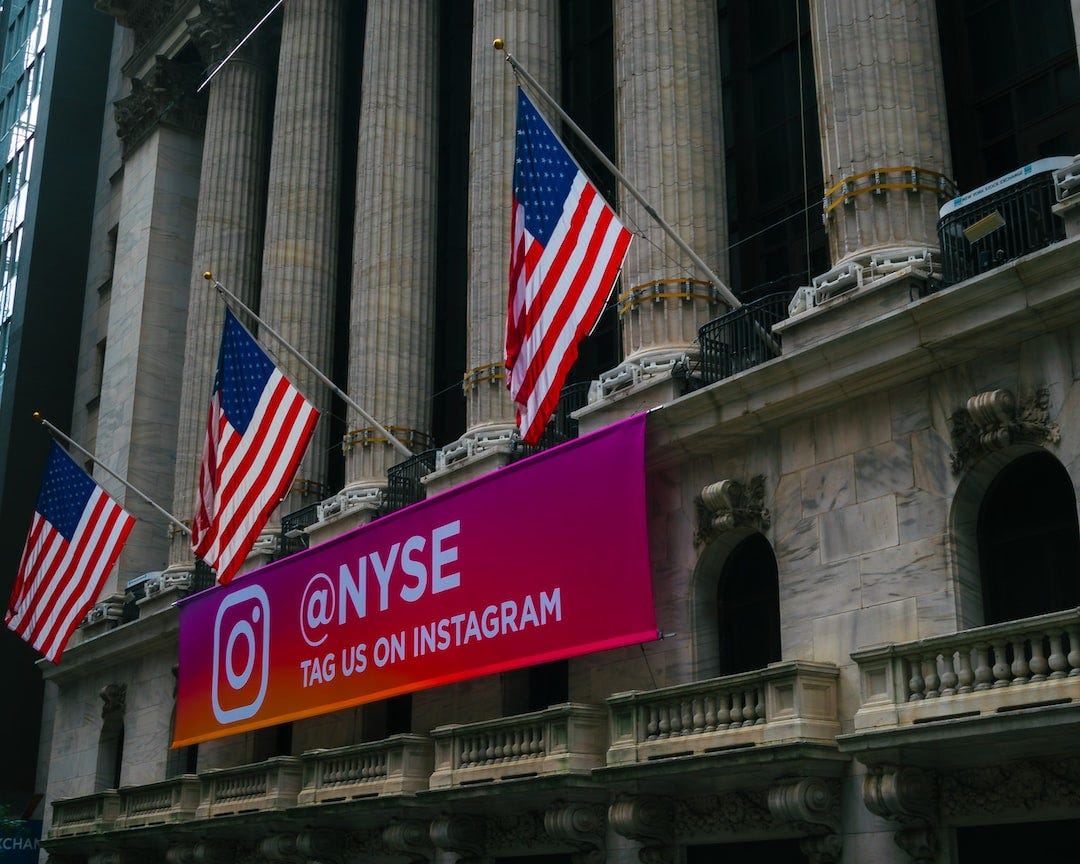ΣL US Stock Market Composite - 27th October 2023 | @ 76 Days | + 5.34%
Last trade: + 5.34% | 'B' class signal in Sigma-L US stock market composite (Russell 2000, Dow Jones Industrial Average, S&P 500). Average wavelength of 76 days since Nov 2020. Currently troughing.
ΣL Cycle Summary
The ubiquitous ‘80 day nominal’ wave is very interesting in this analysis in that it shows how, as underlying trend loses price influences (a ~ neutral influence), shorter components take up the slack, becoming more prominent. From late 2020 to early 2022 this wave was somewhat suppressed by the power of an underlying, bullish, larger component. Subsequent to that period the shorter wave is much more apparent, shown markedly on the time frequency plot as an increase in amplitude over time. That amplitude is now shrinking once again as the down-leg of underlying trend (presumed to be a larger periodic component) exerts heavier influence on price action. This shorter wave is due to trough imminently, at the current wavelength.
Trade Update
See also: Live ΣL Portfolio & History
Summary of the most recent trade enacted with this signal and according to the time prediction detailed in the previous post for this instrument, linked below.
Type: Sell - ΣL US Stock Market Composite 25th September, 2023
Entry: 25th September 2023
Exit: 27th October 2023
For a composite analysis, each constituent’s respective gain over the period is displayed, in descending order. The average of the constituent gain is also shown.
Constituent Gain:
Russell 2000 (7.70%)
S&P 500 (4.51%)
DJIA (3.82%)
Composite Average Gain:
5.34%
Current Signal Status
Defining characteristics of the component detected over the sample period.
Detected Signal Class: B - learn more
Average Wavelength: 75.84 Days
Completed Iterations: 14
Time Frequency Analysis
Time frequency charts (learn more) below will typically show the cycle of interest against price, the bandpass output alone and the bandwidth of the component in the time frequency heatmap, framed in white. If a second chart is displayed it will usually show high-passed price with the extracted signal overlaid for visual clarity.

Current Signal Detail & Targets
Here we give more detail on the signal relative to speculative price, given the detected attributes of the component. In most cases the time target to hold a trade for is more important, given we focus on cycles in financial markets. Forthcoming trough and peak ranges are based upon the frequency modulation in the sample (learn more).
Phase: Troughing / Troughed
FM: +- 10 Days
AM: N/A (Composite)
Next Trough Range: 11th January - 31st January, 2024
Next Peak Range: 3rd December - 23rd December, 2023
Sigma-L Recommendation: Buy
Time Target: ~ 13th December, 2023
Current Signal Phase
This is ‘how far along’ the cycle is in it’s period at now time and is related to the predicted price action direction.
Current Signal Frequency Modulation (FM)
This is how much, on average, the signal detected varies in frequency (or wavelength) over the whole sample. A lower variance is better and implies better profitability for the component. Frequency usually modulates relatively slowly and over several iterations.
Current Signal Amplitude Modulation (AM)
This is how much the component gains or loses power (price influence) across the sample, on average. Amplitude modulation can happen quite quickly and certainly is more evident than frequency modulation in financial markets. The more stable the modulation the better.





